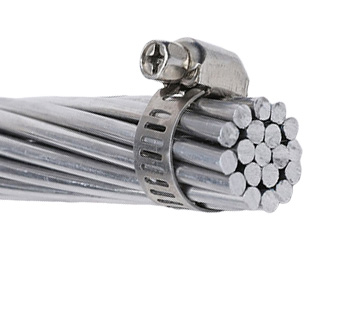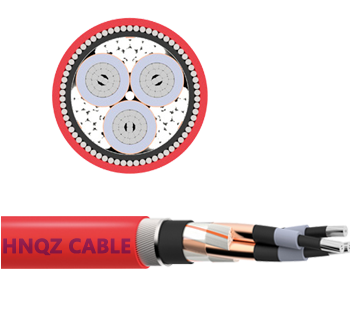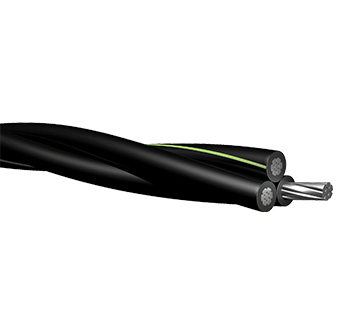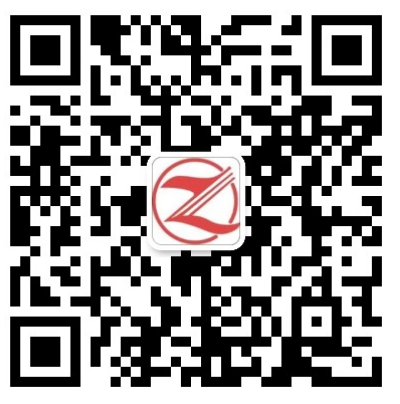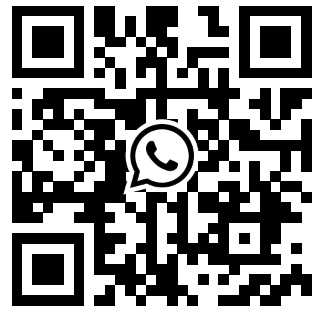Ten problems with cables you must know
1. What are the types of commonly used wires and cables according to their use?
Answer: According to the purpose, it can be divided into overhead bare cables, insulated cables, heat-resistant cables, shielded cables, power cables, control cables, communication cables, radio frequency cables, etc.
2. What kinds of insulated wires are there?
Answer: There are the following types of commonly used insulated wires: PVC insulated wires, PVC insulated cords, nitrile and PVC compound insulated cords, rubber insulated wires, direct buried aluminum core plastic insulated wires for agricultural use, and rubber insulated cotton yarn Textile cords, PVC insulated nylon sheathed wires, PVC insulated cords for power and lighting, etc.
3. Which aspects should be considered when choosing the cross section of the power cable?
a. The long-term allowable working current of the cable;
b. Thermal stability once short circuited;
c. The voltage drop on the line cannot exceed the allowable working range.
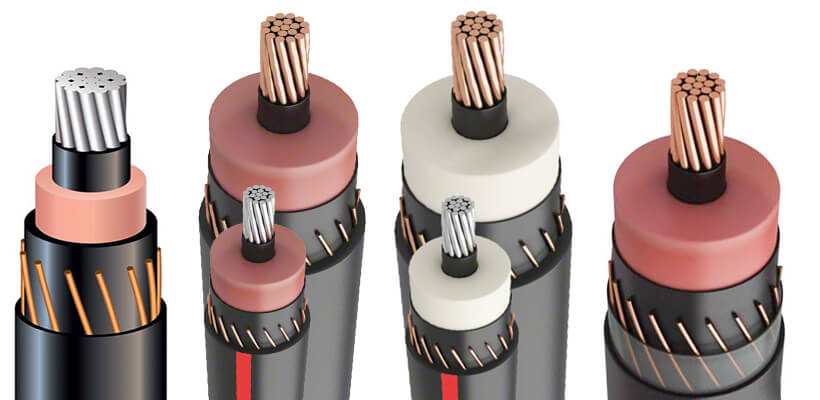
4. What inspection work should be carried out before cable laying?
a. The bracket should be complete and paint complete.
b. The cable type, voltage, and specifications conform to the design.
c. The cable insulation is good. When there is doubt about the sealing of the oil-paper cable, the damp judgment should be made; the direct-buried cable and the small-bottom cable should pass the DC withstand voltage test; the oil sample of the oil-filled cable should pass the test.
d. The oil pressure of the oil-filled cable should not be lower than 1.47MPa.
5. Where should the azimuth signs of directly buried cables be set?
Answer: At both ends of the cable, the cable connector is at 50~100m in the straight section of the cable and the corner where the cable changes direction.
6. What are the functions of the outer sheath and inner sheath of the cable?
Outer sheath: protect the inside of the cable from mechanical damage and chemical corrosion, and enhance the mechanical strength.
Inner protective layer: prevent the insulating layer from contacting water, air or other objects, and prevent the insulating layer from being damp and mechanically damaged.
7. How to measure the outer diameter of the cable sheath?
Answer: At five points evenly distributed on the circumference of the sheath, measure the outer diameter of the sheath and its average value. The average outer diameter is the outer diameter of the sheath.
8. How to connect copper core cables of different cross-sections?
Answer: The copper core cables of different cross-sections can be connected by open weak back copper pipes and connected by soldering method, or pure copper rods can be connected into copper pipes according to different cross-section requirements and connected by crimping method.
9. What are the insulating materials used to make cable terminal heads or intermediate joints?
Answer: There are insulating glue, insulating tape, insulating tube, insulating gloves, insulating resin, etc.
10. What are the advantages of underground power cables and overhead lines?
a. Reliable operation, because it is installed in a hidden place such as underground, it is less damaged by external force, has less chance of failure, and the power supply is safe, and it will not cause harm to people;
b. Maintenance workload is small and frequent inspections are not required;
c. No need to erect towers;
e. Help improve power factor.
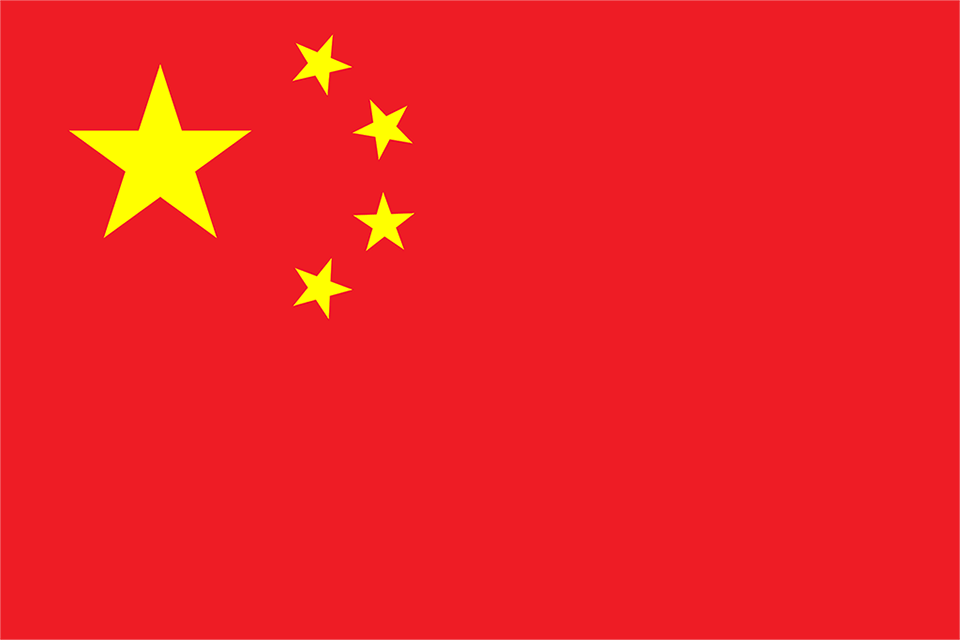 中文
中文 
